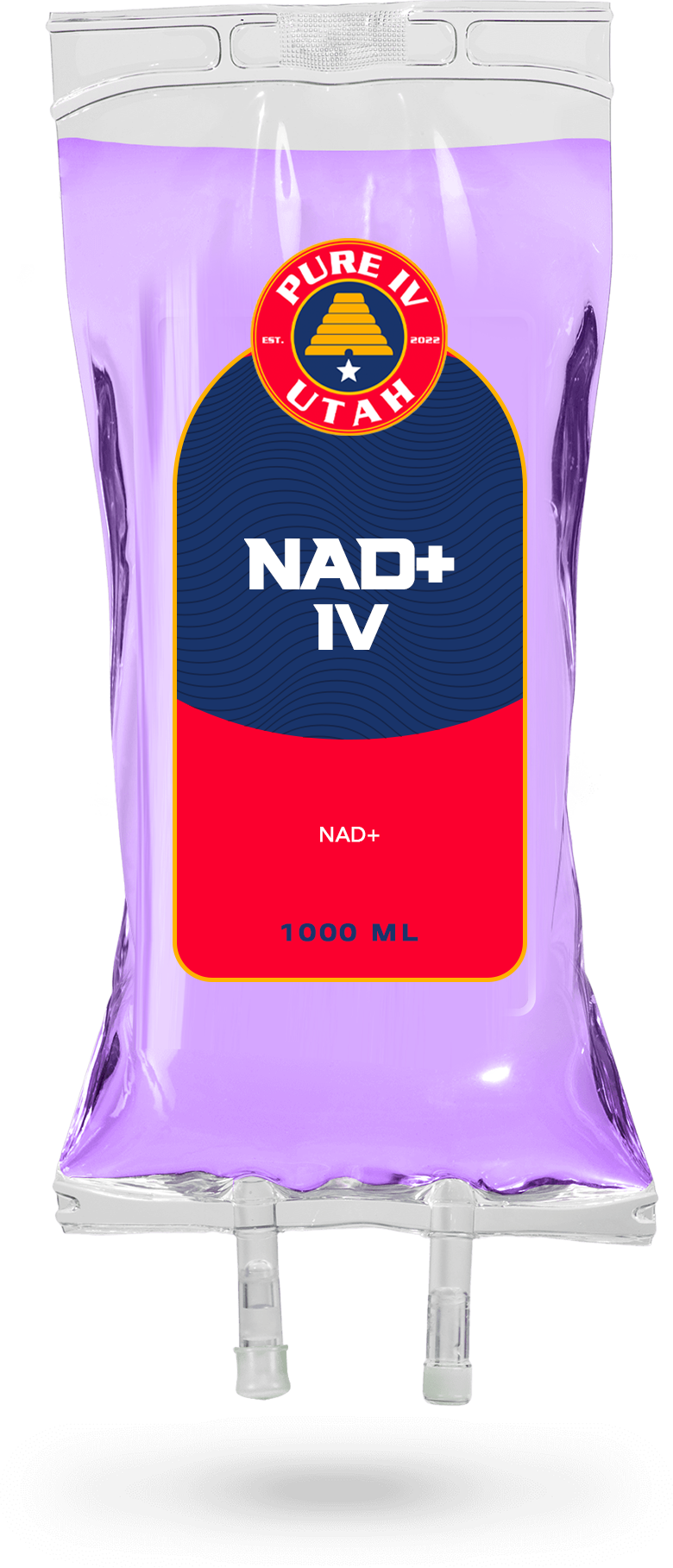Mobile IV Therapy: Combat Chronic Stress Effectively

Medically reviewed by Micaela Strevay, FNP-C, PMHNP-BC
Joseph Lopez • October 29, 2024
Table of Contents

Chronic stress is an increasingly common issue in today's fast-paced world, and its effects can be debilitating. In this article, we will explore how mobile IV therapy can serve as a powerful tool in the fight against chronic stress. From understanding the roots of stress to the practical benefits of mobile IV therapy, we will delve into this innovative treatment's workings and advantages.
Understanding Chronic Stress: Causes and Symptoms
Chronic stress refers to long-term stress that persists over an extended period, often arising from ongoing challenges such as work pressure, financial issues, or family responsibilities. Unlike acute stress, which is often a short-term response to a specific trigger, chronic stress can lead to serious health complications if not managed effectively.
The Science Behind Chronic Stress
When a person experiences chronic stress, the body's natural stress response is activated. This involves the release of hormones such as cortisol and adrenaline, which, over time, can lead to various physical and emotional problems.
Research indicates that chronic stress can contribute to anxiety disorders, digestive issues, and cardiovascular problems. Understanding these scientific underpinnings is crucial for developing effective management strategies, which paves the way for treatments like mobile IV therapy. Additionally, chronic stress can impact the immune system, making individuals more susceptible to infections and illnesses. Studies have shown that prolonged exposure to stress can hinder the body's ability to heal and recover, further complicating existing health conditions.
Recognizing the Signs of Chronic Stress
Being aware of the signs of chronic stress is essential for timely intervention. Common symptoms include:
- Persistent fatigue
- Difficulty concentrating
- Increased irritability
- Sleep disturbances
- Physical ailments such as headaches or muscle tension
If you recognize these symptoms in yourself or others, it might be time to explore effective treatment options, such as mobile IV therapy. Beyond these physical manifestations, chronic stress can also lead to emotional symptoms such as feelings of helplessness or a sense of being overwhelmed. Individuals may find themselves withdrawing from social interactions or losing interest in activities they once enjoyed, which can create a cycle of isolation and further exacerbate stress levels. Recognizing these emotional cues is just as important as identifying physical symptoms, as both can significantly impact overall well-being.
The Concept of Mobile IV Therapy
Mobile IV therapy is a convenient, innovative service that delivers intravenous treatments directly to patients at their homes or workplaces. This approach eliminates the need for a visit to a clinic, making it especially appealing to those facing chronic stress.
What is Mobile IV Therapy?
Mobile IV therapy involves the administration of fluids, vitamins, and minerals through an IV to help rehydrate the body and restore essential nutrients. Trained professionals typically perform this therapy at your chosen location, providing convenience and flexibility.
The Components of Mobile IV Therapy
The therapy often includes a blend of:
- Hydration fluids, usually saline solution
- Electrolytes to restore balance
- Vitamins such as B-complex, C, and D, which support various bodily functions
- Amino acids that help in muscle recovery and overall wellbeing
This tailored approach allows individuals to receive personalized treatment that addresses their specific health needs.
The Connection Between Mobile IV Therapy and Chronic Stress
Understanding how mobile IV therapy aids in alleviating chronic stress is crucial. The direct delivery method allows for quicker absorption of nutrients, which benefits both the body and mind.
How Mobile IV Therapy Works to Combat Stress
Mobile IV therapy can mitigate the effects of chronic stress through its nourishing effects. By rehydrating the body and replenishing essential vitamins, it can lead to improved energy levels, better mental clarity, and a more balanced emotional state.
Moreover, the therapeutic environment often provided during the treatment helps enhance the overall experience, further contributing to stress reduction.
The Role of Vitamins and Hydration in Stress Management
Dehydration and nutrient deficiencies can exacerbate the symptoms of chronic stress. Vitamins play a pivotal role in brain chemistry, and a lack of these essential nutrients can lead to mood swings and stress-related disorders. Hence, mobile IV therapy helps by:
- Restoring hydration levels.
- Providing crucial vitamins and nutrients.
- Enhancing the body's resilience to stress.
Through these mechanisms, individuals may find themselves better equipped to manage their stress levels.
Benefits of Mobile IV Therapy for Chronic Stress
The demand for mobile IV therapy is on the rise, and for good reason. This therapy offers several notable benefits for those dealing with chronic stress.
Immediate Relief and Long-Term Benefits
One of the most appealing aspects of mobile IV therapy is its ability to provide immediate relief. Many individuals report feeling better shortly after their session, experiencing reduced fatigue and enhanced mental clarity.
In the long term, regular treatments can lead to sustained improvements in mood, reduced anxiety levels, and an overall sense of wellbeing.
Convenience and Comfort of Mobile Therapy
Mobile IV therapy offers unparalleled convenience. Clients can schedule treatments at times that suit them, eliminating the stress associated with travel and waiting rooms.
Additionally, receiving treatment in a comfortable environment—whether at home or in the office—can enhance feelings of security and relaxation, further promoting effective stress management.
Safety and Effectiveness of Mobile IV Therapy
As with any medical treatment, safety and effectiveness are primary concerns for potential clients. So, what does the research say about mobile IV therapy's viability?
What Research Says About Mobile IV Therapy
Several studies indicate that IV therapy can be a safe option for those needing hydration and essential nutrients. It has been shown to improve various health conditions, particularly those related to stress, like fatigue and anxiety.
However, it's essential to receive treatment from certified professionals who follow strict safety protocols to minimize risks.
Potential Side Effects and Risks
While mobile IV therapy is generally considered safe, some individuals may experience side effects, including:
- Minor discomfort at the injection site
- Allergic reactions to specific vitamins
- Headaches or dizziness
Consulting with a medical professional before starting therapy can help mitigate these risks and provide guidance tailored to individual health needs.
In conclusion, mobile IV therapy presents a promising solution for those grappling with chronic stress. By understanding its components and benefits, individuals can make informed decisions to support their wellbeing and combat the ongoing effects of stress.




